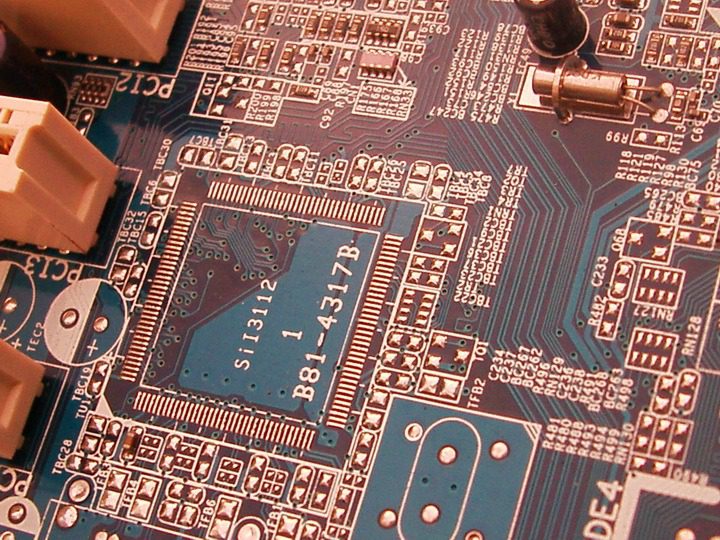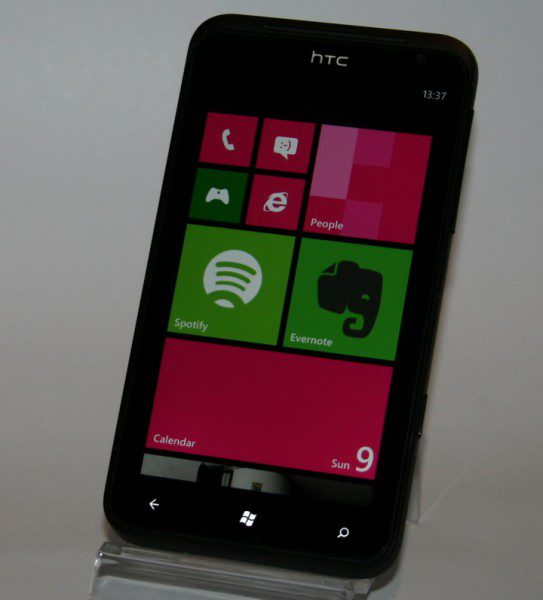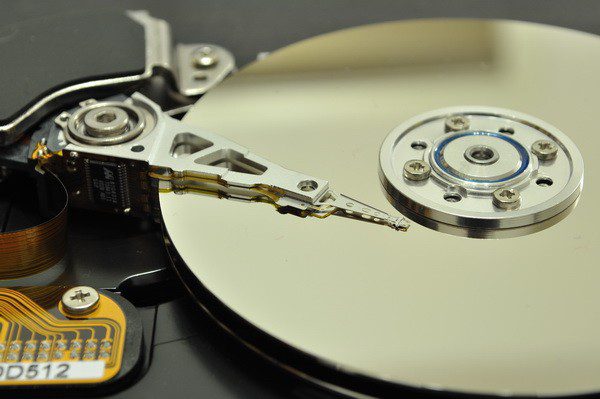Is Pervasive Computing already with us?
Pervasive computing is the idea that almost any device can be embedded with chips and connects to the infinite network of devices everywhere, with everyone and at all times.

Information and communication technology will be an integral part making up that environment. Supposedly, all devices, toys, cars, blenders and whole city areas will have integrated processors, sensors and actuators that are all interconnected to high-speed networks and combined with new and diverse visualization devices.
Some obstacles however, lie along the way. For once, different devices use different platforms. In order for pervasive computing to take place, specific standard platforms will need to be implemented to bring about converged functionality.
The computation-communication convergence is nevertheless taking place. Developers still need to map development tools to standard platforms as opposed to current platforms that often dictates even the choice of devices or vice versa.
The current pervasive computing era has seen the use of Personal Digital Assistants for e-mail and web access functionality and some even incorporate third-party add-ons.
Communication devices, especially smart phones have also brought us closer to the dream of pervasive computing by adding wireless communication to scheduling, contact management and internet access.
This paradigm shift of convergence is slowly starting to take shape as information technology companies target consumer electronics, PCs, Palms, networks and other service providers.
While integrating this technology is one thing, delivering real solutions to users is another and this is what will determine if deploying the accompanying services is worth it. For example, while banks may want to link to financial trading systems wirelessly, how will it offer convenience benefits?
The Web has contributed immensely to value in business by linking various players. Pervasive computing is expected to offer even more interaction in various ways. Today, it can prove to be even more valuable as businesses move toward being global, always accessible, improve customer service, increase revenue and decrease costs.
While technology is a basic driver of pervasive computing, the ultimate determinant of its success is people’s behaviour. Consumer behaviour in the United States and Japan, for example, differ greatly.
While the internet has impacted the way people live in the U.S., Japanese use of the internet is more on the level of entertainment.
The fact that some devices, like microwaves, already have microchips and can download cooking recipes means that the potential for interactivity is already there.
In the meantime, more questions than answers remain as to how pervasive computing will change the world as we know it.









